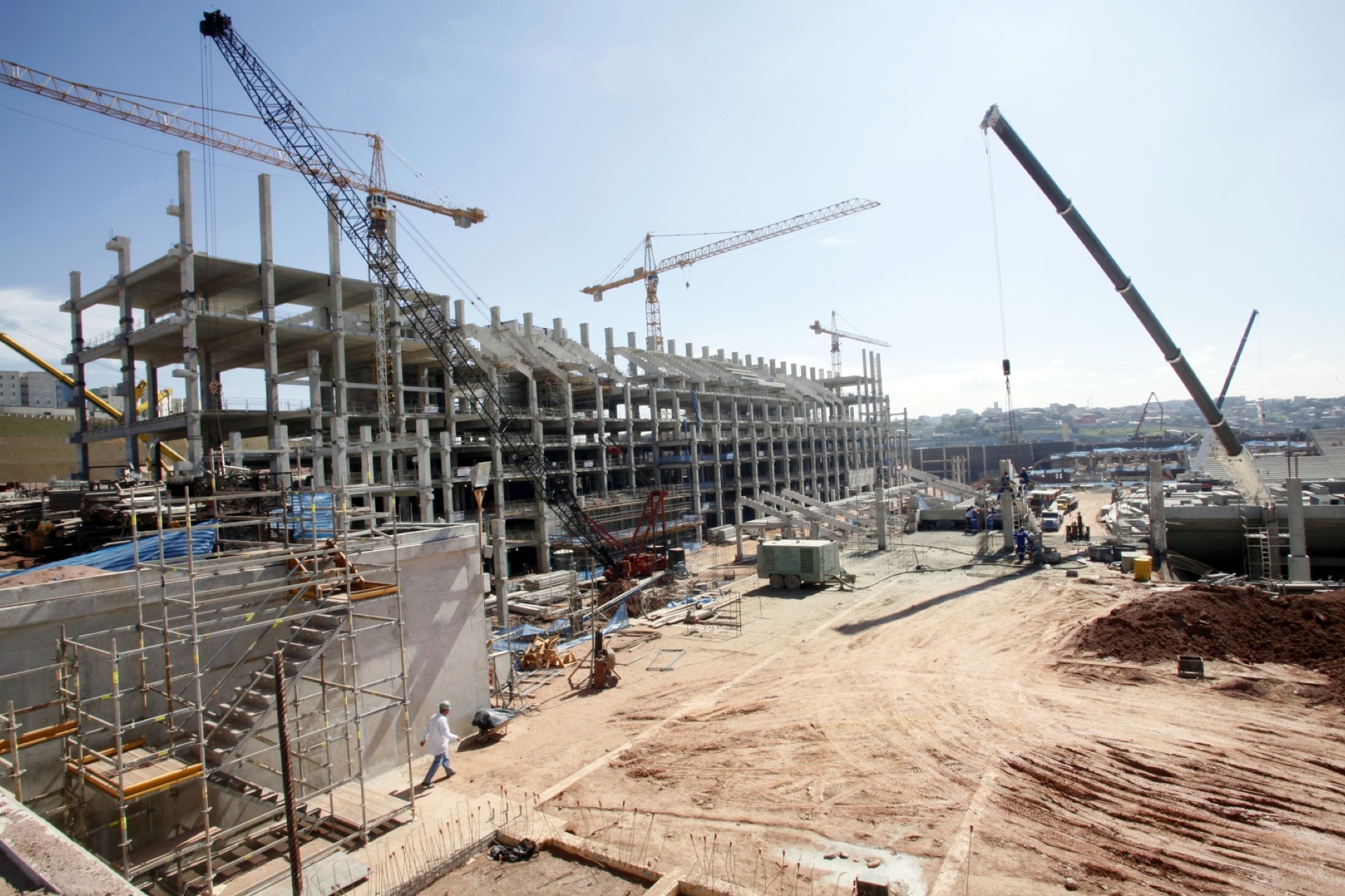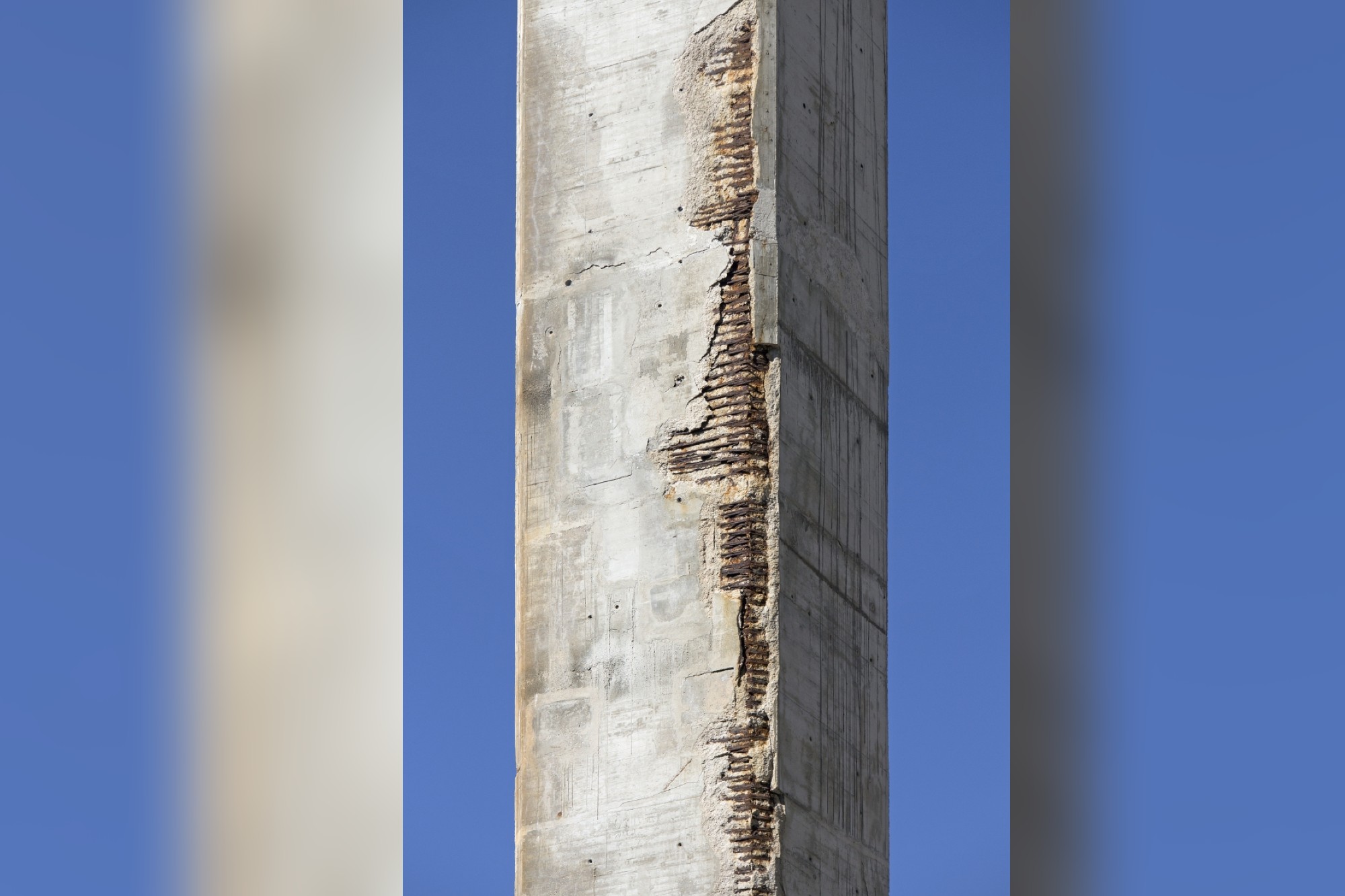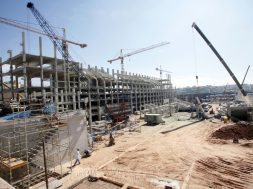Innovative tools for combating concrete corrosion

Predictive models like Life-365™ and STADIUM® empower engineers to plan durable, sustainable concrete structures against corrosion challenges effectively.
Corrosion is the eternal adversary of concrete, one of the world’s most commonly used building materials. If left untreated, corrosion stretches reinforcing metals, causing cracking, spalling, and slow structural damage. Because concrete structures are so expensive and energy-intensive to construct, it is difficult to overstate the importance of ensuring their long-term viability for both financial and environmental reasons. With this in mind, Ashraf Hasania, Technical Sales & Product Manager, Cortec® MCI®, recently discussed the significance of service life prediction models and Migrating Corrosion Inhibitors (MCI®) in assisting engineers in meeting a structure’s planned lifespan.

Service life prediction models
Several computer models have been created to forecast the impact of an environment and concrete mix on a structure’s service life. These programs include Life-365™ (free to use), WJE CASLE™, and STADIUM®. Models use a variety of inputs, including temperature, chloride exposure, and durability parameters, as well as structural type, size, and design mix, to predict how long corrosion will take to commence and progress to failure. Engineers typically utilise these models throughout the design phase to assist them in selecting materials that meet the project’s service life and durability criteria. However, modelling can also be done after a structure has been built because it allows the engineer to work backwards to understand where the project is on the service life chart and what corrosion mitigation measures (e.g., SACIs such as MCI®-2020, MCI®-2018) should be implemented to achieve the required service life extension.
Impact of MCI® on service life predictions
Service life prediction models are particularly useful when considering whether to incorporate durability enhancers such as MCI® admixtures into the mix design. For example, Hasania highlighted that, according to conventional testing, MCI® admixtures are projected to delay corrosion beginning by more than three times and lower corrosion rates by five times once started (unlike many durability enhancers, which just delay corrosion and do not aid afterwards). To determine if it is worthwhile to include MCI® or another durability enhancer in the design phases, run at least two models—e.g., a baseline model without MCI® and one with MCI®—and evaluate the difference in service life predictions.

Understanding the limitations of service life models
As with any computer model, it is critical to recognise that these forecasts are mere—models based on assumptions and simplifications of real-world processes that cannot foresee the future or grasp all factors with 100 percent accuracy. For example, it is usual for models to make projections based on a linear, gradually increasing corrosion rate, even though corrosion rates can vary daily. Furthermore, these models presume sound, uncracked concrete, which is unrealistic. Building owners should continue to monitor structures for corrosion to ensure that everything is progressing as planned and that any surprises can be handled right away.
Pursuing greater durability and sustainability
While no service life prediction models can fully foresee the future, they are valuable tools for understanding the overall impacts of diverse conditions and materials and assisting engineers in designing the most durable, sustainable structures.
For more details, visit: https://www.cortecmci.com/
Cookie Consent
We use cookies to personalize your experience. By continuing to visit this website you agree to our Terms & Conditions, Privacy Policy and Cookie Policy.








